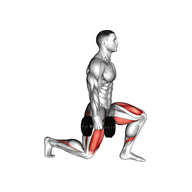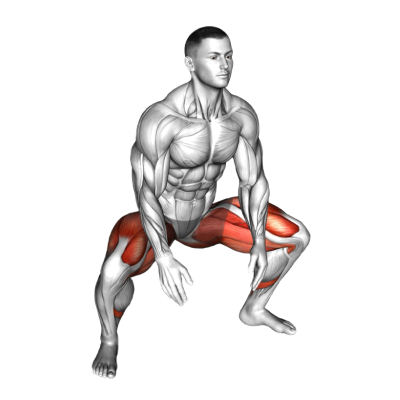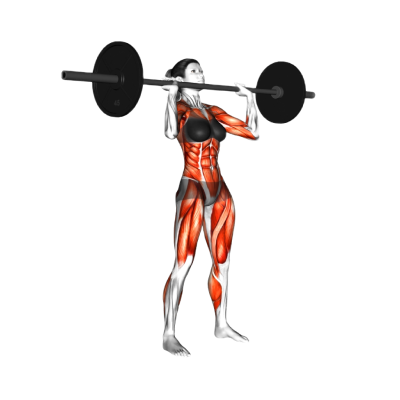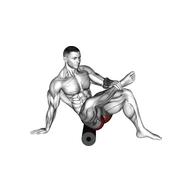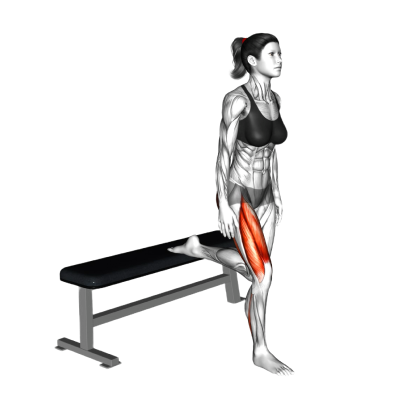What is a Dumbbell Step Up
A dumbbell step-up is a lower-body exercise where you step up onto an elevated surface, like a bench or a box, while you hold a dumbbell in each hand.
Dumbbell step ups mainly work your quads, glutes, and hamstrings. They also recruit the core for balance and as secondary muscles for stability.
This is a functional exercise that replicates movements you make every day, like climbing the stairs, so it’s a great way to build up your overall strength and coordination in a way that translates to realistic movement. Dumbbell step ups can also improve your unilateral (single-leg) balance.
How-to Do Dumbbell Step Up
Place a box or a bench in front of you. Stand with your feet hip-width apart and hold a dumbbell in each hand beside your body.
Place one foot on the bench then step up onto the bench with the second foot.
Step down with the second foot, then follow with the first to return to the starting position.
Muscle Worked
Primary Muscle Groups
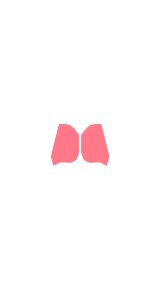

Glutes
The glutes help you extend your thighs from the hips and drive you forward.

Hamstrings
The hamstrings flex your knees and extend and rotate your hips

Quads
"Quads" refers to your quadriceps femoris muscles which flex your leg from the hip joint and extend your leg from the knee joint.Secondary Muscle Groups


Abs
"Abs" refers to your abdominal muscles, which sit at the front of your trunk between your ribcage and pelvis

Adductors
The adductors are the muscles on the insides of your thighs that move your legs toward the midline of your body

Lower Back
The low back helps stabilize your spinal column and connects your upper body to your pelvis.

Calves
The calves are the muscles at the back of the lower part of your legs

Obliques
The obliques help you twist your trunk and support your core and spine.Pro Tips
Drive From Your Heel: As you step up, drive through the heel of your front foot. Putting more emphasis on the leading foot recruits more work in your glutes and hamstrings instead of just using momentum from the back leg.
Keep Your Chest Up: Don’t lean forward as you step up. Make sure your chest stays upright and you’re engaging your core. This will help you balance so you don’t fall off your step.
Equipments
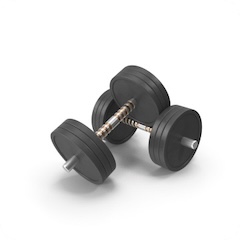
Dumbbell
Dumbbells are hand-gripped bars loaded with equal weight on both endsDumbbell Step Up Benefits
Unilateral Strength Development: Dumbbell step-ups work one leg at a time since you balance on one leg briefly when you step. This helps correct muscle imbalances between your legs. If you’re uneven. Better strength symmetry is a great way to improve your performance in sports or even compound lifts like squats and deadlifts.
Functional Movement Training: We can take hundreds of steps in our everyday lives. The stepping pattern mimics regular activities like climbing stairs or hiking. It’s practical to improve your everyday mobility and build up strength for functional tasks that you’ll perform on a regular basis.
Variations
The following exercises target the same primary muscles using the same equipment:
Alternatives
The following exercises target the same primary muscles using different equipment:
Warm Up & Cool Down
Warm Up
Leg Swings: Stand by a wall, putting your hand against it for support. Stand on one leg and swing the other back and forth, then side to side. This gets your hips loosened up and your legs ready for multi-directional movement like in curtsy lunges.
Bodyweight Step-Ups: Do your step-ups without dumbbells to practice the movement pattern. You’ll start to activate your quads, glutes, and hamstrings, warming up the muscles you’ll use during your workout.
Dynamic Hip Flexor Stretch: Lunge forward and pulse slightly into your front leg. This hip flexor stretch is great for your mobility and to simulate the stepping movement.
Cool Down
Standing Quad Stretch: Stand on one leg, bend your knee, and catch your ankle behind your back, pulling it toward your glutes for a quad stretch. This is a good way to release tension in the front of your thighs after step-ups.
Seated Glute Stretch: Sit on the floor, cross one ankle over the opposite knee, and pull the knee slightly towards you. You can also do this on your back to stretch out your glutes, which are one of the main muscles you use in a step-up.
Hamstring Stretch: Straighten one leg out in front of you on a diagonal so only your heel touches the floor. Keep it straight and lean forward gently, reaching toward your toes.
FAQ
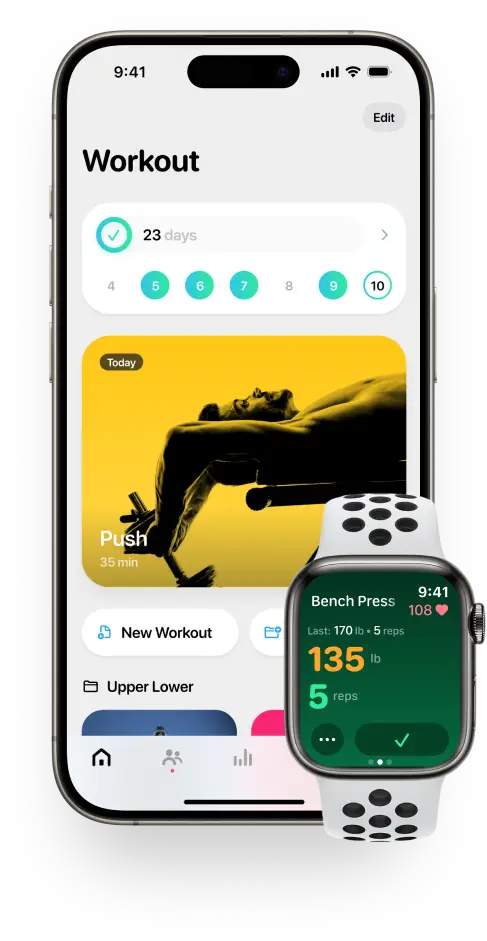
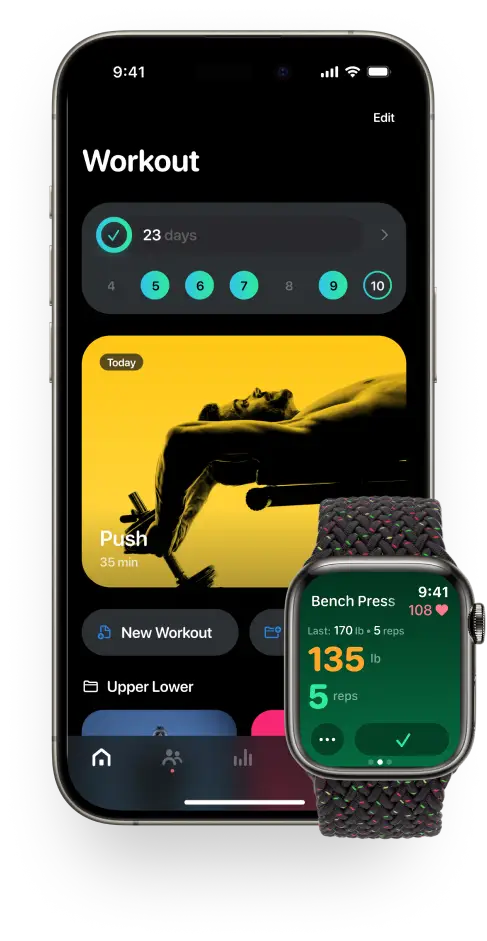
Get fit with Flex
Build muscle & lose weight fast for free.
Available on iPhone + Apple Watch

